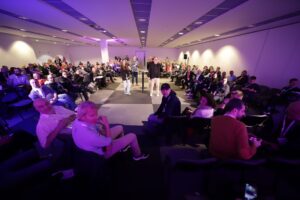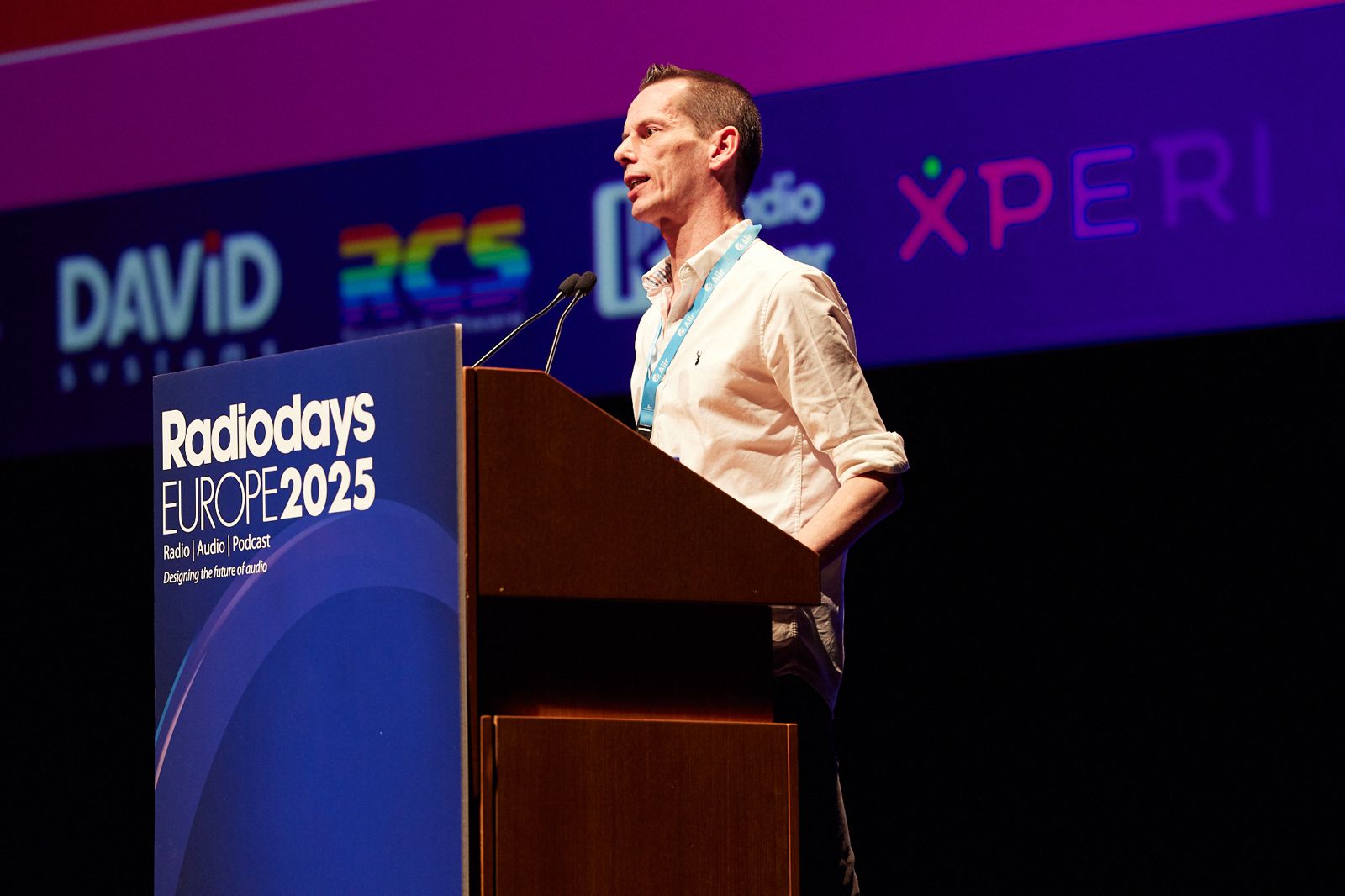
A younger audience needs more content, a mature audience more time
The latest research from Europe and the US was presented by Malene Kaasgaard Christiansen, Audience Researcher from Danish National Broadcasting Corporation and Tom Webster from Sounds Profitable, based in the USA.
According to the Danish research presented by Malene Kaasgaard Christiansen, 63% of young people age of 18-34 listen to podcasts, however, they need more content, unlike the mature audience, that needs more time. About half of users would prefer all content to be available on a single platform and these days, 1 in 4 listeners are willing to pay for unique content. The largest platform used for listening is Spotify, driven mainly by a range of young users, meanwhile the mature audience prefers DR SOUNDS.
It has also been illustrated that for most listeners, podcast time equals me time, as over 80% of users listen to podcasts when they are alone. Among the six central need-states for a listener there are: broaden my horizon, keep me in the loop, help me escape, lift my mood, keep me company, and social currency. The most important aspects are topic and genre followed by hosts and sound quality. When it comes to topic, true crime is the overall favourite, over 39% of asked users chose that as their first preference.
Tom Webster, Partner at Sounds Profitable, finished the session with multiple comparisons between podcast, TV and radio users. The research concluded that the podcast audience is getting bigger, younger and more exclusive, day by day. Young audiences use podcasts, TV and radio almost equally, whereas middle aged people mostly use radio and older audience are more of TV users.
Podcast listeners are also more likely to support their favourite brands and they are more willing to purchase a subscription, unlike TV or radio users. Thanks to paid subscriptions that allow users to listen without any ads offered by podcast channels like Spotify and others, podcast users are less likely to hear about an ad and more willing to purchase and become regular subscribers. Brands that are active are surely more likely to raise awareness and have significant impact on users, there are signs of both average awareness and action increase with big differences between TV, only having 1%, radio having 6% and podcast, leading with over 16%.




